Inflatable Paddle Board (iSUP) vs. Hard SUP
If you are shopping for a new paddle board, it's easy to be overwhelmed by the wide variety of options currently available. From various brands to different sizes and shapes, there's a lot to take into consideration before buying a stand up paddle board.
In this article, we compare the pros and cons of inflatable paddle boards and rigid boards. Both are popular choices in the SUP world, and it's important to understand the strengths and weaknesses of each so that you can buy the type of board that's best suited to you.
In addition to understanding the differences between iSUPs and hard boards, it's also important to identify what's most important to you in a board. Having a clear picture of exactly what you need in a board is another thing that will make your buying decision much easier. If you ever have questions about any of our SUP packages, particularly if you're a beginner, don't hesitate to contact us using the form on the site below or on social media.
So with all of that said, let's jump right in to inflatable vs hard paddle boards…
PORTABILITY
When it comes to portability, the obvious advantage goes to inflatable SUPs. iSUPs can be deflated, rolled up to the approximate size of a lightweight sleeping bag, and brought with you anywhere you go.
In addition to fitting into the trunk or backseat of even the smallest of cars, you can also bring an inflatable paddle board along while hiking, biking, and even flying. An inflatable SUP can be thrown in a bag or box and checked with your luggage, giving you the ultimate opportunity to explore the world's most exotic paddling locations.
iSUPs are also perfect for individuals who live in high-rise apartments as they can be deflated and will easily fit in any elevator. This is an impossibility with oversized, hard boards, and carrying a 10'6 hard board up several flights of stairs is incredibly challenging and can easily result in a damaged board (if it even fits in the stairwell to begin with).

Richard and Kristine of Hikes Near Vancouver finished their 4km long, 400m vertical climb at the secluded Upper Joffre Lake.
PERFORMANCE
While inflatable paddle boards have narrowed the performance gap over the past few years due to advancements in materials and construction, rigid SUPs still have an overall advantage when it comes to performance. Hard paddle boards are faster and more rigid, making them the clear choice if bottom line performance is your top priority.
If you're surfing serious waves or participating in SUP races, a rigid paddle board remains the best choice for competition.
PRICE
Overall, inflatable paddle boards have a slight advantage over hard boards price-wise. While there are models in a wide variety of price ranges for both iSUPs and hard boards, the best inflatables are typically cheaper than the best rigid boards. Add to that the cost to store and transport a hardboard if you don't live on the water or already have a SUP compatible roof rack and you're looking at a substantial savings with an iSUP.
Another important consideration is cost per use. When you take the total cost of your board and divide it by the number of times it actually gets used during its lifespan, you end up with a cost per use figure. Because of the incredible convenience of inflatable SUPs, they typically get used far more often than rigid boards, resulting in a much lower cost per use.
STORAGE
Due to the fact that inflatable paddle boards can be deflated and rolled up, they're the perfect choice for paddlers who live in apartments or anywhere square footage is at a premium. An inflatable SUP can be stored in a closet, on a shelf, under your bed or even in the trunk of your car when not in use.
Compare that with a hard board which takes up an incredible amount of storage space. Unless you have a sizeable garage to store a hard board, you won't be able to store it vertically. You'll need a 12″ long closet or even have to make your SUP part of the decor by hanging it somewhere inside your apartment - definitely not a decorative touch that many will appreciate.

"Inflatable SUPs are the ultimate when it comes to durability, performance, and portability." -Inflatable Boarder
DURABILITY
When considering the durability of inflatable SUPs and hard boards, many would immediately assume that rigid boards are the clear winners in this category. It may come as a surprise that a well-built inflatable SUP will actually be more durable and better able to withstand serious abuse than a traditional hard board.
Due to the fact that they are cumbersome and more difficult to transport, rigid SUPs are exposed to more bumps and knocks and can easily get dinged and cracked. By design, an iSUP is completely ding proof and able to withstand being dropped off of balconies and run over with a vehicle - extreme durability tests that no rigid board could possibly survive.
Inflatable paddle boards are actually constructed with the same tough material that bombproof whitewater rafts are made out of. Instead of sustaining damage when coming into contact with rocks, sticks, and other obstacles, an iSUP will literally bounce right off.
REPAIRS
As far as repairs go, this is another category that goes to iSUPs. When a fiberglass and epoxy hard board gets dinged or cracked, it'll usually require a professional shop repair that is expensive and time-consuming. Also, if water saturates the foam core, there are many cases where a damaged rigid board gets worse over time and just isn't the same after having been repaired.
Repairing an inflatable SUP that has been damaged is a much different story. An iSUP that has been punctured or torn can be quickly and easily patched at home using the materials provided by your board manufacturer in the included repair kit. Be sure to check out our in-depth inflatable paddle board repair guide for step-by-step instructions on this process.
WEIGHT
Inflatable SUPs are also the winner in the weight category, typically weighing much less than hard boards. This advantage has gotten even more pronounced over the last few years as the use of new iSUP construction techniques has resulted in inflatable paddle boards that are even lighter than previously thought possible.
The fact that inflatable paddle boards are lighter and far easier to transport than rigid boards makes them an ideal choice for those who might find it challenging to carry around a heavy, hard paddle board.

Inflatable stand up paddleboards are lightweight, fun and safe for the whole family.
SAFETY
Last but not least, inflatable paddle boards are safer than rigid boards. Falling the wrong way on a hard board can easily result in injury - something that you especially need to be careful of when paddling in surf or with small children.
While inflatable SUPs are extremely rigid, they still offer a small amount of "give" that can help to cushion a fall. For more on paddling with kids, head here.
Final Thoughts
We hope that this article has given you a clear picture of the various strengths and weaknesses of both inflatable and rigid SUPs. Both board types are super fun and advantageous in specific situations - what's important now is to identify what's most important to you before making a final decision.
While we recommend hard boards for paddlers who place a higher priority on bottom-line performance as well as those who are involved in serious SUP competitions, the vast majority of people are far better off with an inflatable SUP. iSUPs offer more advantages to the average paddler, and their amazing portability, durability, and storage advantages make them a fantastic choice overall. Our Waterwalker all-round SUP is a great place to start for beginners, or anyone looking for a versatile board for fitness, flat water paddling and small wave surf.
Regardless of what you ultimately choose, we hope that you thoroughly enjoy your new board and that it serves you well for many years to come. Happy paddling!
Need even more reasons to choose an inflatable SUP over a hard board? Check out our 'Top 7 Reasons to Buy an Inflatable SUP Instead of a Hard Board'.






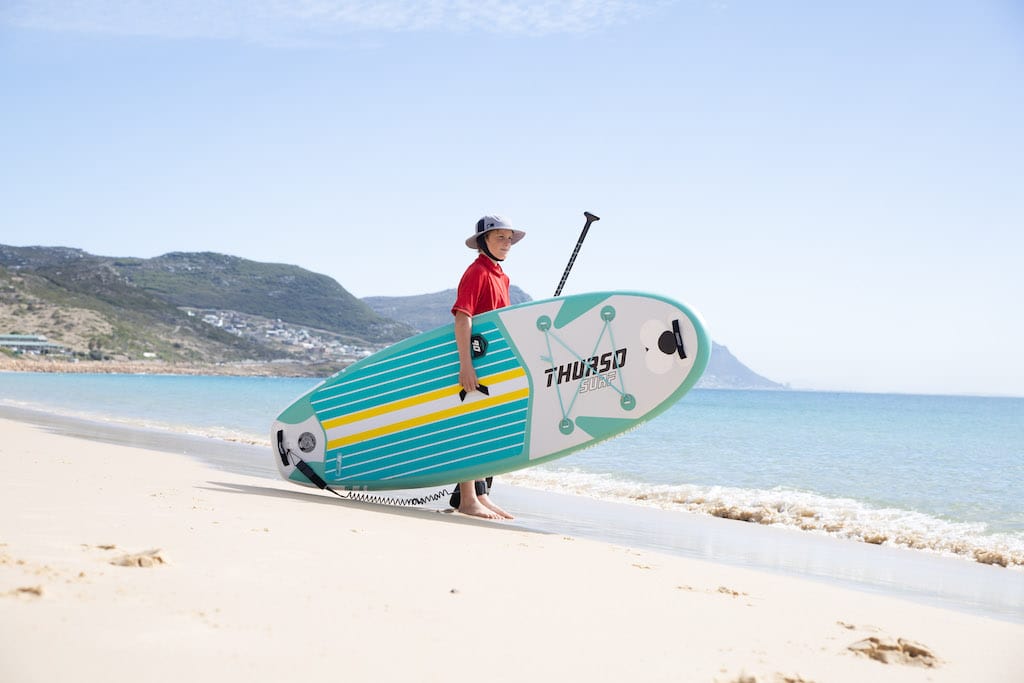


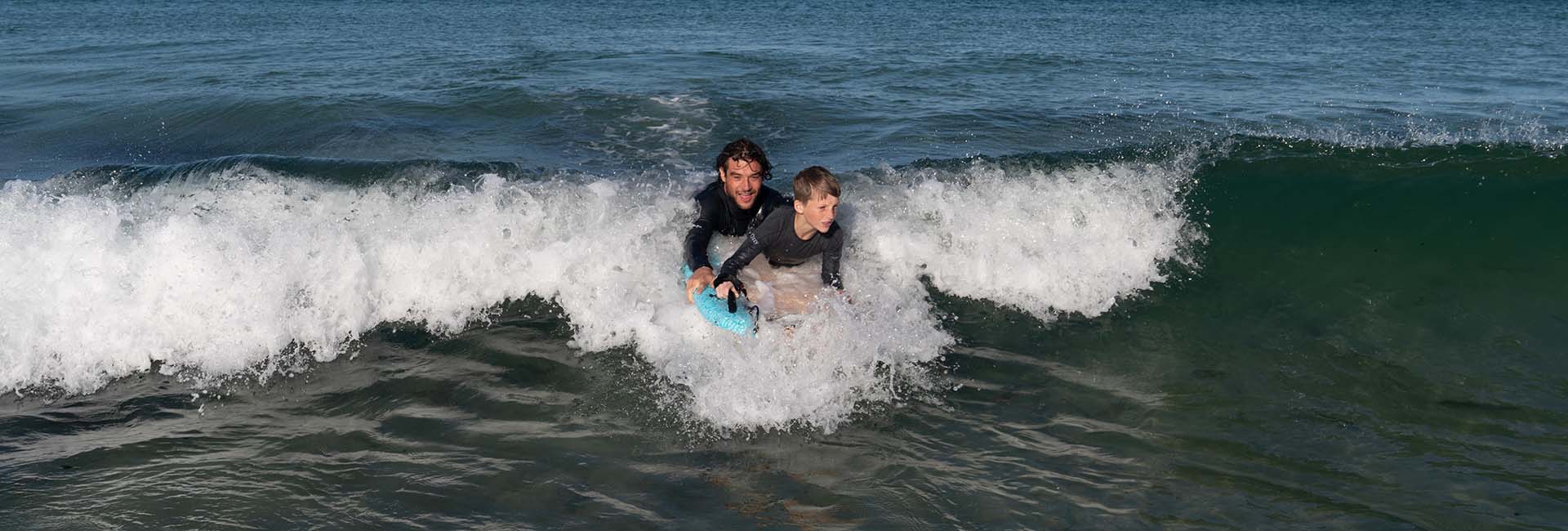



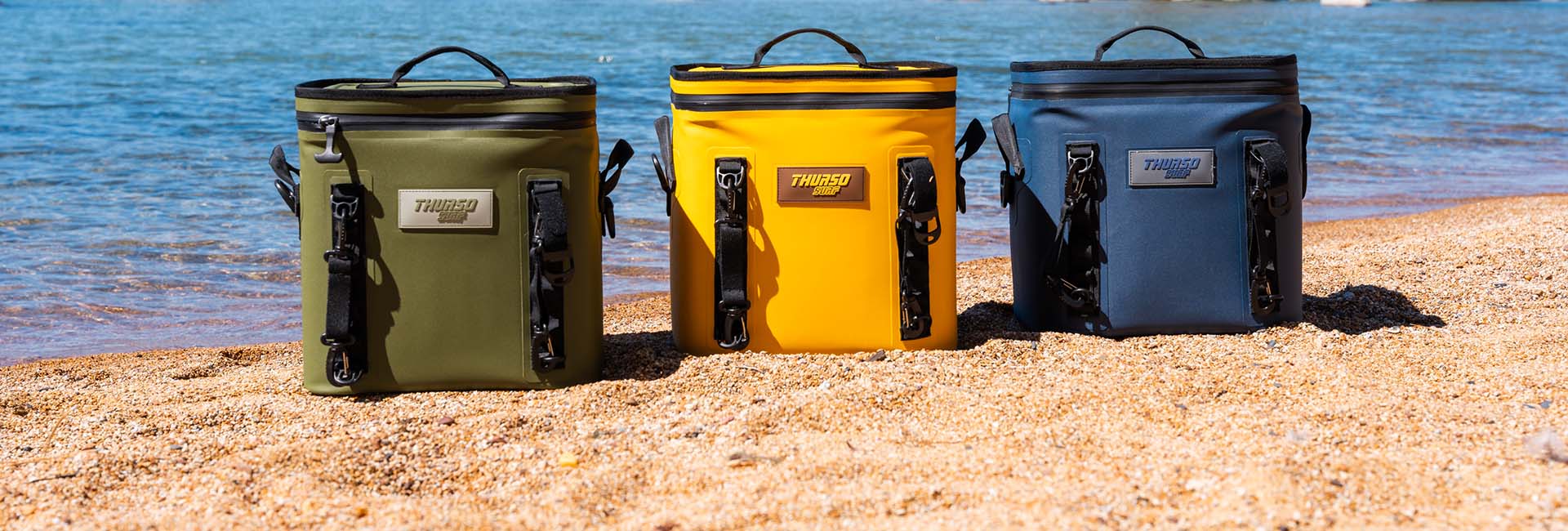
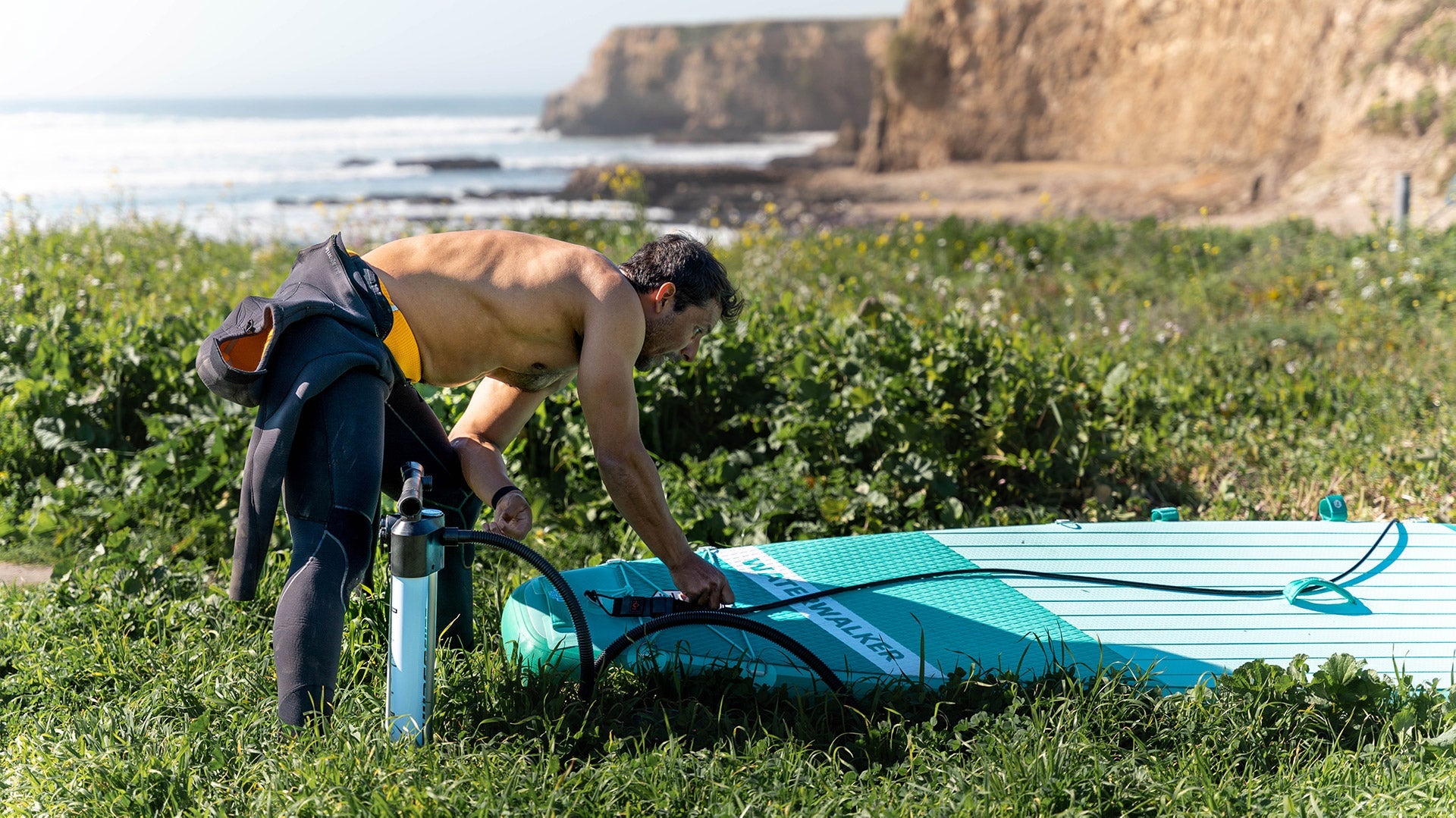
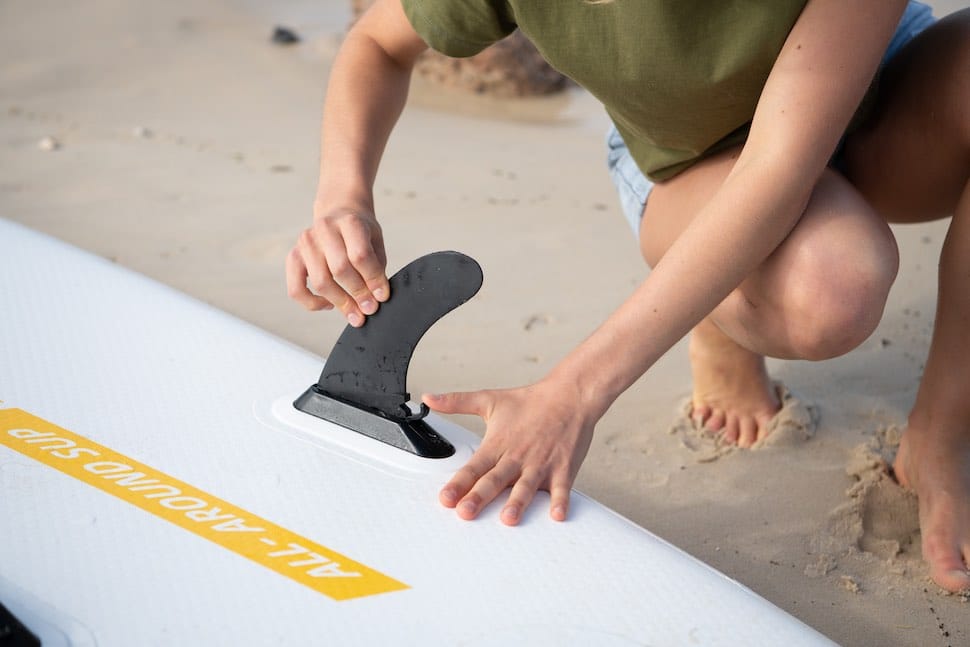

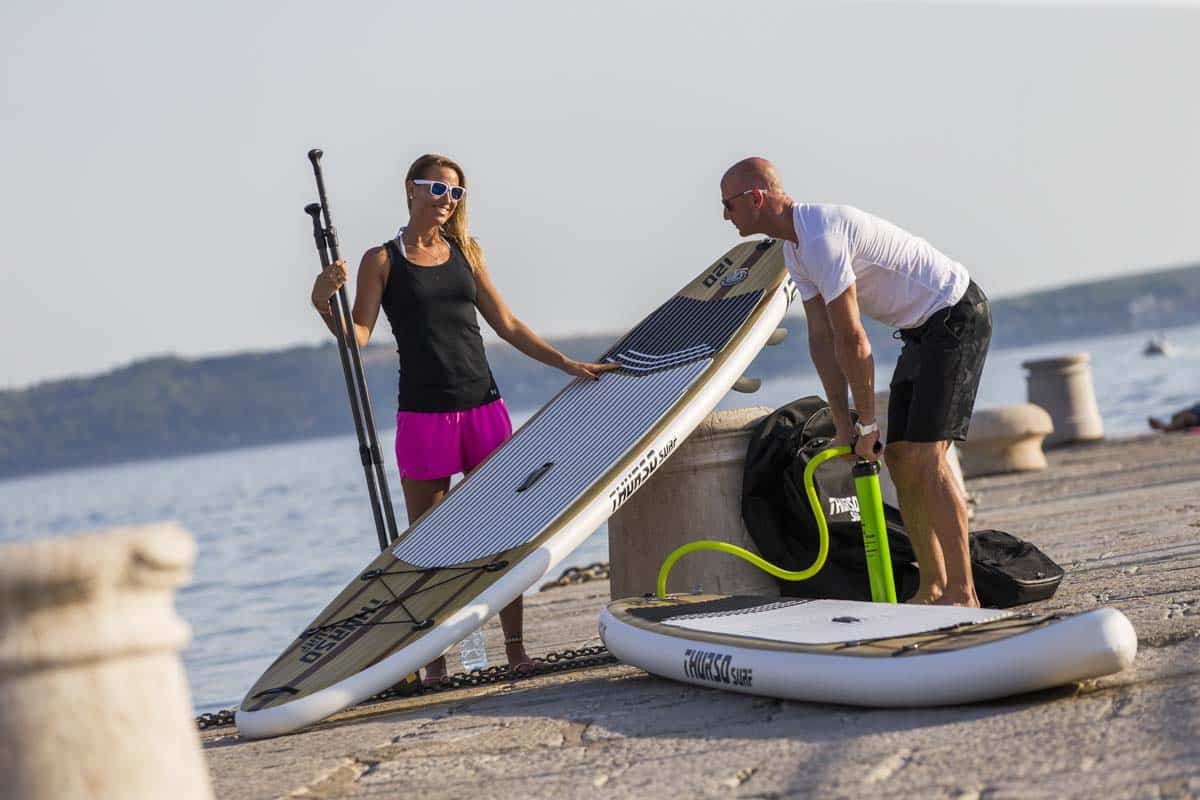


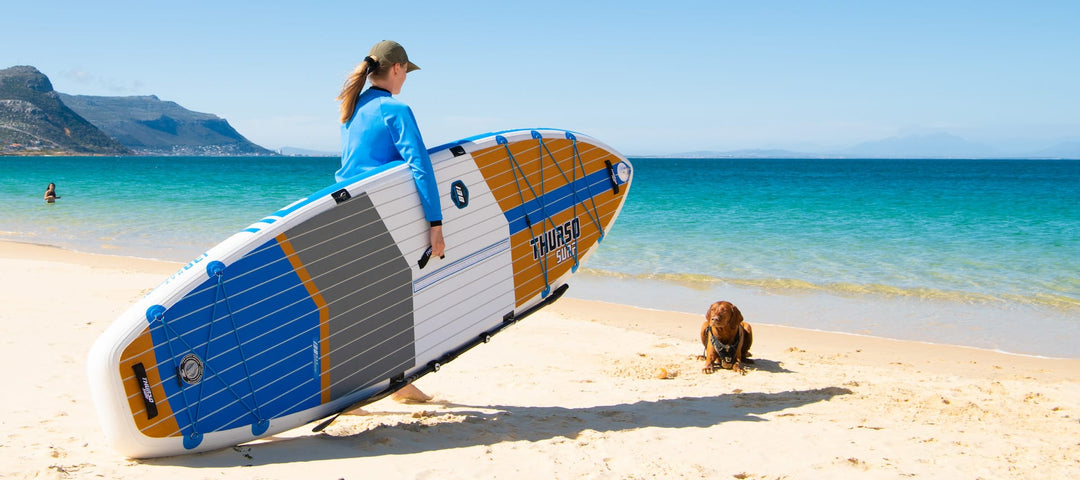
Leave a comment